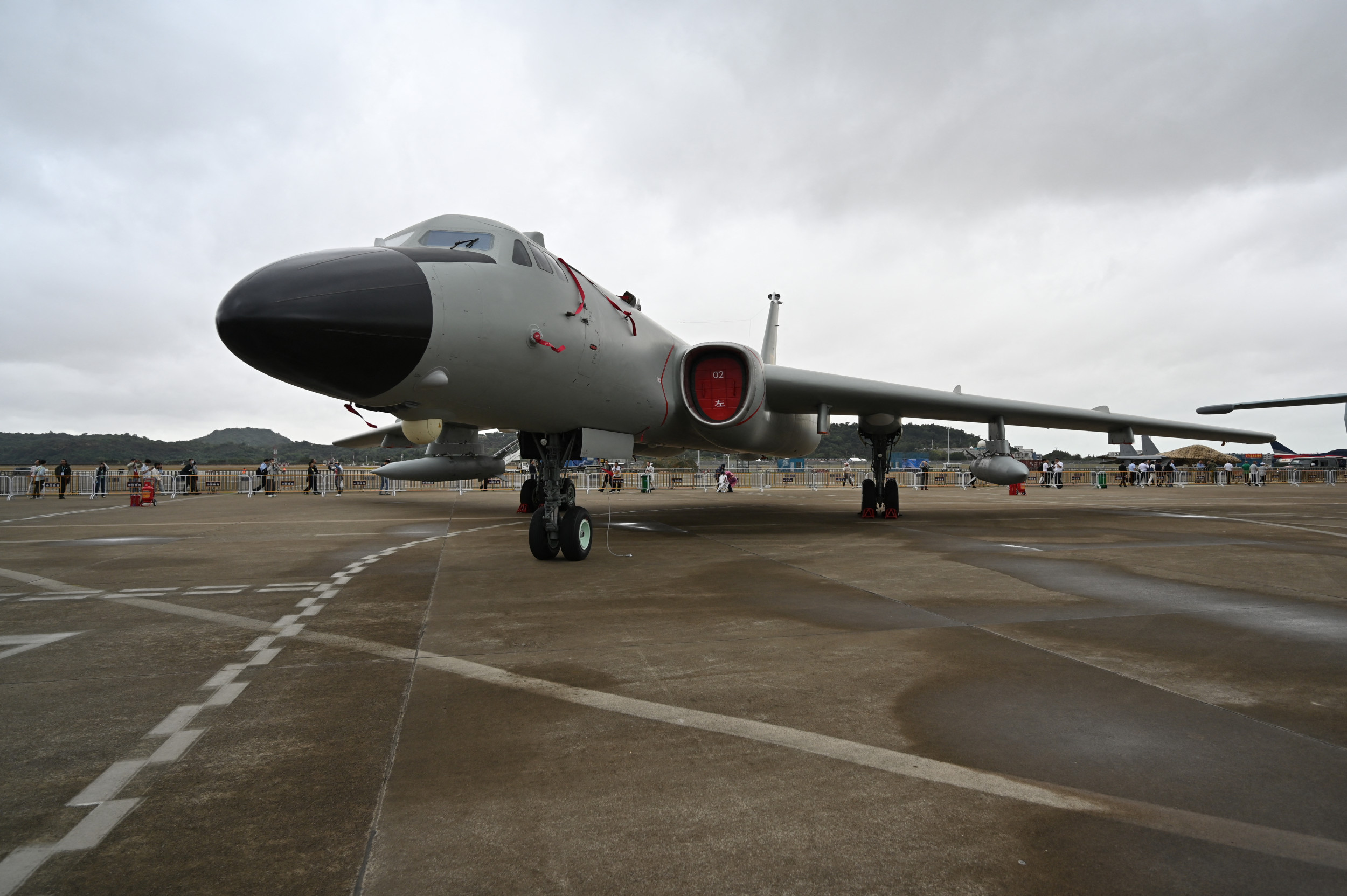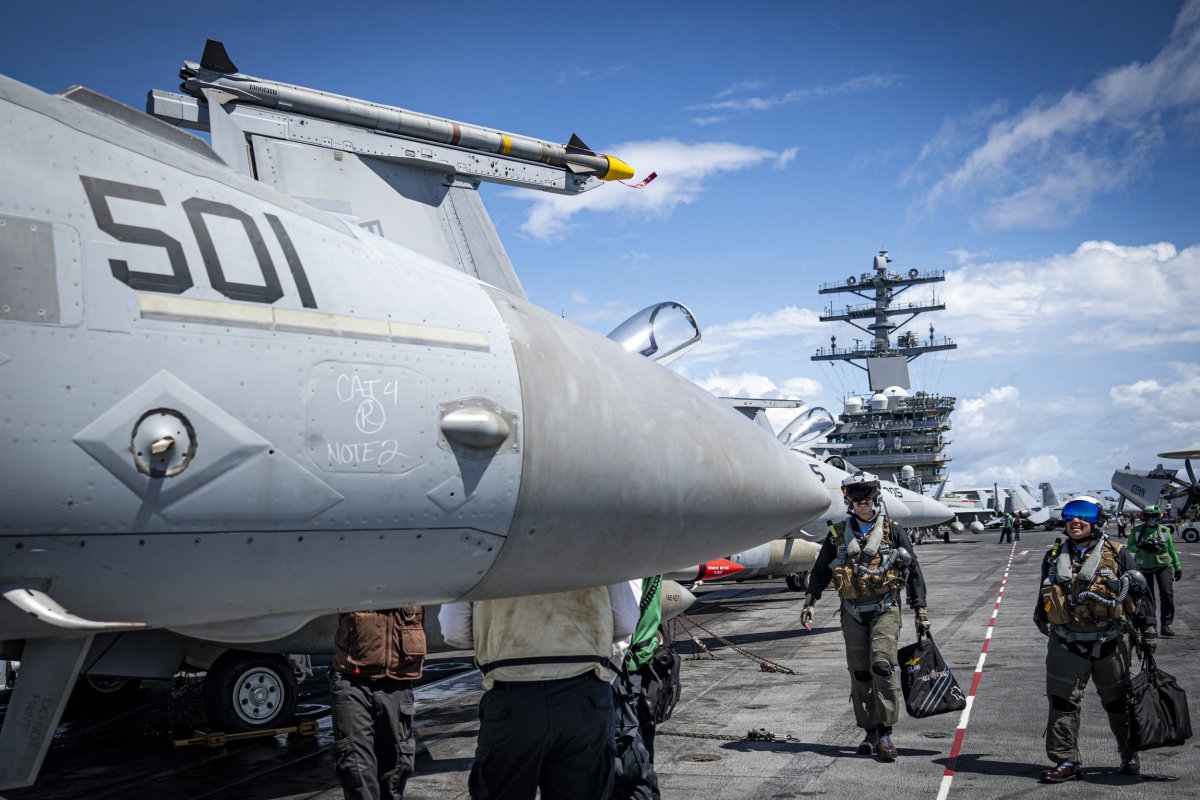
China has reportedly deployed bombers to an island outpost in the South China Sea as a United States nuclear-powered aircraft carrier returns to the contested region.
Newsweek has contacted the Chinese defense and foreign ministries for comment by email.
Why It Matters
China has asserted sovereignty over most of the South China Sea, with territorial claims that overlap those of neighboring countries. Beijing has strengthened its presence in the region by building military facilities—including runways and hangars—on islands under its control.
The U.S. military and its allies have been operating in the South China Sea to uphold what they call “freedom of navigation and overflight.” USS Nimitz—the oldest American aircraft carrier in service—returned to the South China Sea on Monday after transiting the Strait of Malacca.
What To Know
Citing satellite imagery provided by Maxar Technologies, Reuters reported on Wednesday that two Chinese H-6 bombers were spotted at an airfield on Woody Island on May 19. The island forms part of the Paracel Islands, located southeast of China’s southern Hainan Island.

HECTOR RETAMAL/AFP via Getty Images
Ben Lewis, founder of the open-source data platform PLATracker, told the news agency that the Chinese bombers were likely sent to the remote South China Sea island on a rotational basis, providing a “force protection mechanism” for the Chinese military in the region.
It remains unclear which variant of the H-6 was deployed. In its report on Chinese military power last year, the Pentagon stated that China has fielded greater numbers of H-6K bombers, a modernized H-6 variant capable of launching supersonic missiles at warships.
Woody Island has undergone land reclamation to expand its size and allow the construction of military facilities, including an air base with 20 hangars for combat aircraft, according to the Asia Maritime Transparency Initiative at the Center for Strategic and International Studies think tank.
Meanwhile, officially released photos show that the Nimitz was underway at an undisclosed location in the South China Sea on Tuesday, with a photo caption stating that the aircraft carrier was demonstrating the U.S. Navy‘s commitment to “a free and open Indo-Pacific.”

Mass Communication Specialist 2nd Class Hannah Kantner/U.S. Navy
Further east, the U.S. Air Force deployed an unspecified number of B-52H bombers to Andersen Air Force Base in Guam on May 19, where they are supporting what the Pacific Air Forces called “strategic deterrence missions” in the Indo-Pacific region.
What People Are Saying
The Pentagon’s Chinese military power report reads: “[People’s Republic of China]’s outposts in the [South China Sea] extend the operating reach of [People’s Liberation Army] aviation forces. In 2023, [People’s Republic of China] media released videos of J-11 fighters operating from Woody Island carrying out surveillance and response missions.”
Lin Jian, spokesperson for the Chinese Foreign Ministry, said on May 8: “The current situation in the South China Sea is generally stable…China firmly safeguards its territorial sovereignty and maritime rights and interests, and works with other countries in the region to uphold peace and stability in the South China Sea.”
What Happens Next
It remains to be seen whether the Chinese military will conduct bomber exercises in the South China Sea while the Nimitz is deployed in the contested region.




